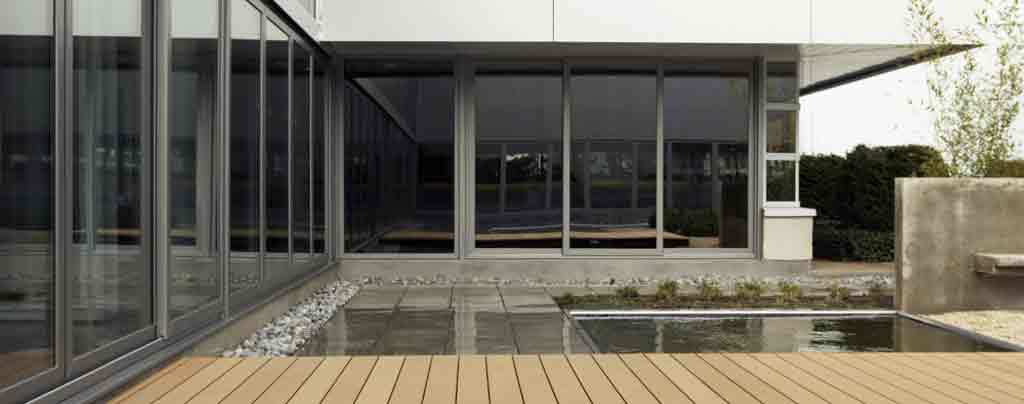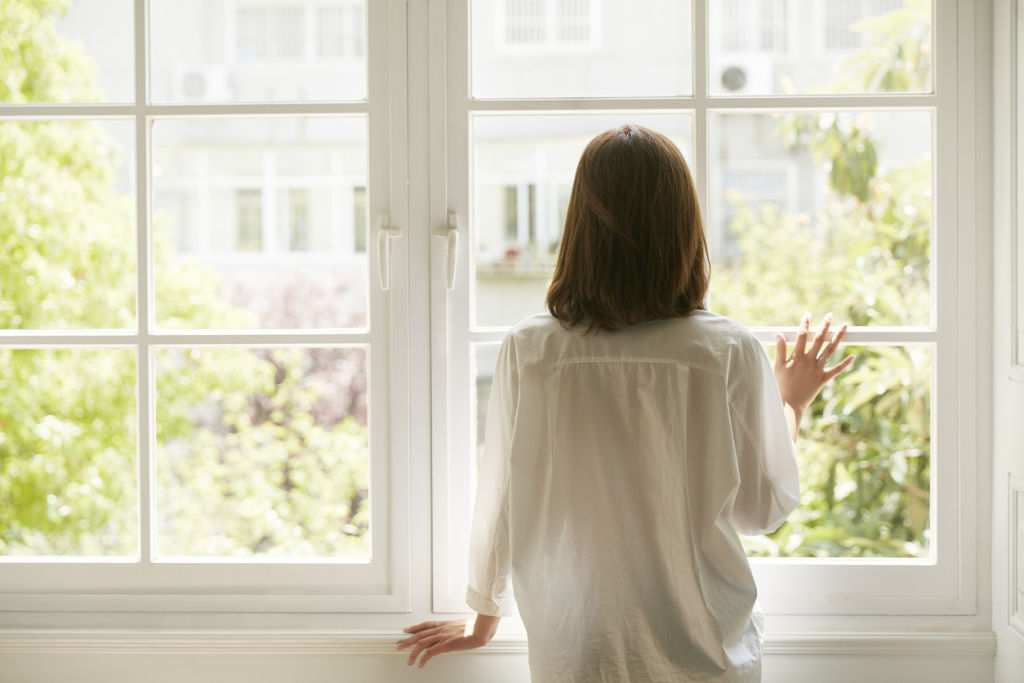All Categories
Featured
Table of Contents
Faq in Iluka Perth
That window can transmit more solar heat in winter than in summer. A west-facing window on a summer's afternoon has an angle of occurrence from near 0 up to 30 with a big efficient location of solar radiation. A north-facing window, in summer, has a high angle of incidence and a low reliable location of solar radiation, so can send less heat than a west-facing one.

You can quickly and quickly enhance the thermal performance of your house by replacing your windows. This is among the most efficient approaches of remodelling to accomplish better thermal convenience. There are countless types of glass and frames to select from. Choosing the right ones is essential to enhancing the energy effectiveness of your house.
Magnetite: Australian Retrofit Double Glazed Windows in Maddington Perth
Single glazing with clear glass is not extremely efficient when it comes to heat loss or gain. To enhance performance, you can utilize single glazing with a more energy-efficient type of glass such as low emissivity (low-e) glass.
The energy performance of IGUs likewise depends on: the properties of each layer of glass. Different glass types (for example, clear and low-e glass) can be put together in an IGU.
Glass Selector - Custom Single & Double Glazed ... in Success Perth

IGU cavities can be filled with air or a more inert, low-conductivity gas such as argon the width of the cavity. Broader cavities provide lower (better) U values, with 12mm generally accepted as the favored space how well the cavity is sealed.
If argon is set up to the cavity in location of air, moisture is reliably left out the level of desiccant (drying representative). The spacer (metal or polymer strip) that separates the glass layers includes a desiccant to absorb any wetness. Insufficient desiccant might trigger wetness to condense on the glass surface in cold conditions, lowering thermal performance.
The Surprising Benefits Of Double Glazing In The Summer ... in Crawley Perth
In truth, IGUs can provide much better energy performance for all climates, specifically in heated and air-conditioned homes. Cross-section information of single, double and triple-glazing units Low emissivity glass (commonly called low-e glass) minimizes heat transfer. Low-e glass might be either high or low transmission: High transmission low-e glass has a covering that allows daylight from the sun to pass into the house to attain excellent solar heat gain, however decreases the amount of the long wavelength infrared heat that can escape back through the window.
Low-e glass has either a pyrolytic coating or a vacuum-deposited thin movie metal coating. Pyrolytic coverings are resilient and can be used for any glazing; vacuum-deposited coverings are soft and are just used within IGUs. Low-e finishings can considerably enhance both U value and SHGC; however, they need to be utilized correctly or they will either degrade or stop working to perform as needed.
Windows Of Opportunity: Your Guide To High-performance ... in Rockingham WA
Low-e finishings can be utilized in combination with clear, toned or reflective glass. Low-e finishes on glazing can minimize heat transfer where required Image: Department of Market, Science, Energy and Resources Toned glass has colouring ingredients consisted of throughout manufacture. It is readily available in different colours, usually bronze, grey, blue and green.
Latest Posts
Double Glazed Windows in West Leederville Perth
Double Glazed Windows Melbourne in Medina Western Australia
Double Glazing Companies Near Me Reviewed 2023 in Huntingdale WA